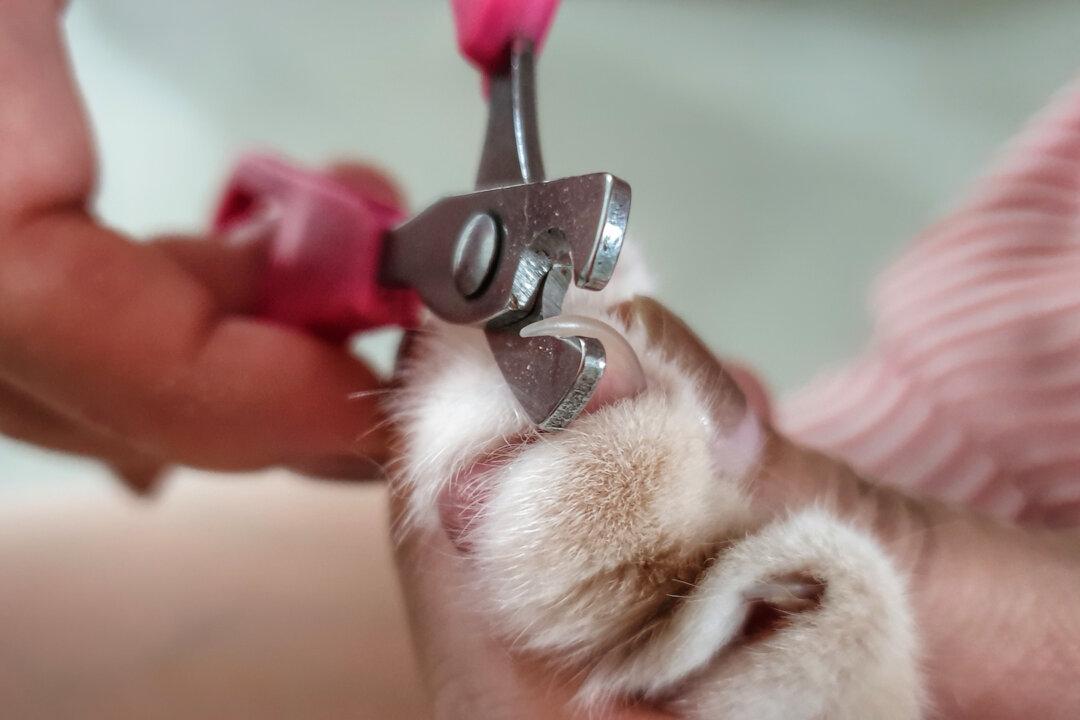A retractable leash extends up to 26 feet and rewinds into its large, spring-loaded plastic handle. That means Jake can bolt to the end of his leash and then be halted abruptly, which can cause a torn windpipe, herniated spinal discs, or a broken neck.
Dogs also can become tangled in retractable leashes, slicing their skin and breaking their bones.
If Jake runs to the end of the leash and pulls it from your hand, he may be frightened by the heavy plastic handle loudly “chasing” him and keep on running, wrapping himself around a tree or veering into traffic.
Even if Jake is on a standard six-foot leash, it’s easy for another dog on a retractable leash to get closer than he should and attack him. So Jake is better off with the park’s current rules.
Retractable leashes have hurt people, too, causing injuries such as fingers amputated when looped in the nylon leash, and bones broken when runaway dogs pulled their handlers to the ground.
Moreover, a retractable leash teaches a dog that pulling extends the leash. So Jake is rewarded for a behavior that decreases your control and threatens his safety.
When you discard your retractable leash and walk Jake on a standard six-foot leash, I think you'll both enjoy your walks in the park more.
A biopsy revealed that Velvet has squamous cell carcinoma, and her veterinarian regretfully advised me that treatment probably won’t help. I’m devastated.
What can you tell me about oral squamous cell carcinoma in cats?
Risk factors include exposure to tobacco smoke, use of a flea collar, and eating tuna or canned cat food. In humans, poor dental hygiene is associated with oral SCC, so the association with diet in cats may be related to the gingivitis that develops when they eat mostly soft food and don’t have their teeth cleaned regularly.
Clinical signs include loss of appetite and energy, decreased self-grooming, drooling, and bad breath.
Oral SCC can develop anywhere in the mouth, throat, and even on the lips. Most often, the tumor forms on or under the tongue or in the gums, sometimes loosening one or more teeth. One in 3 oral SCC tumors spreads to the nearby lymph nodes.
Surgery, chemotherapy, and radiation treatment help only when started very early in the course of the disease. Even then, only 9.5 percent of cats survive a year after diagnosis.





